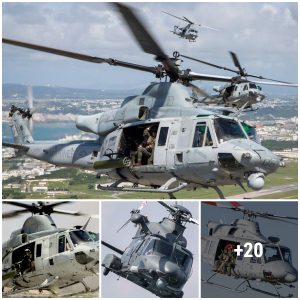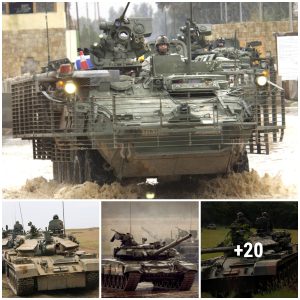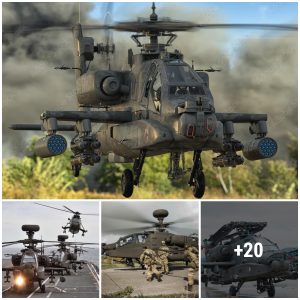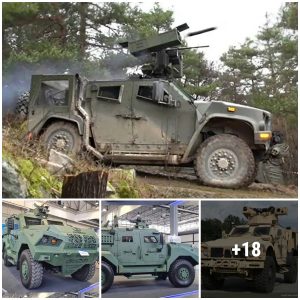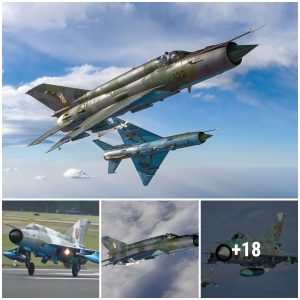India begins to work on the Super Sukhoi program. In the next 2 years country’s Su-30MKI heavyweight fighters will be tested with several new technology like AESA radar, new avionics, EW suite, fly-by-wire system, and Jamming pod.
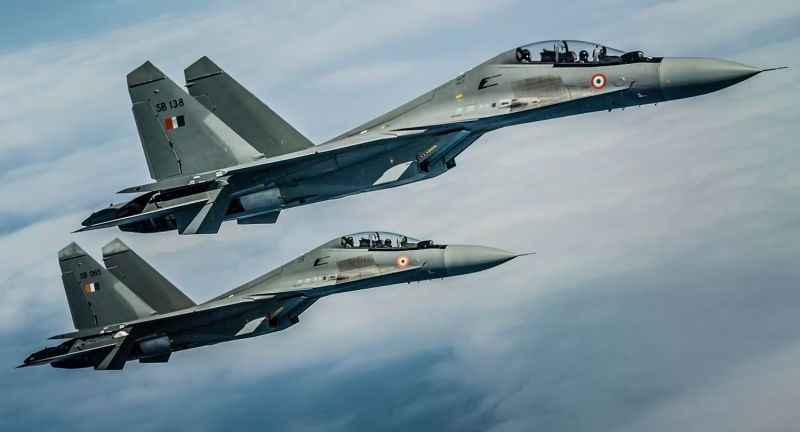
This year is a memorable year for the Indian Air Force, because country’s main heavy-duty twin-engine fighter of the Indian Air Force, the Su-30MKI, has been in service for a full 20 years, from September 27, 2002, to exactly 20 years. Recently, Indiagear up for super Sukhoi program. In short, it is to develop an AESA radar and many other new technology for the Su-30MKI, and will begin to be equipped in the next few years. Once the Super Sukhoi project complete it will have edge over PLAAF J-16.
India’s Su-30MKI is code-named Flanker H in NATO. It is a multi-role fighter specially developed by Russia for India on the basis of Su-30. It is produced by Hindustan Aeronautics Co., Ltd. and the only user is the Indian Air Force. Unlike the Su-30 series of fighter jets produced by Russia, although the Su-30MKI fighter aircraft follows the design of the Su-30, the internal avionics come from many countries, such as France, Israel, and India itself. According to India, the Su-30MKI is a very good Flanker family derivative aircraft, even comparable to the Su-35.
India’s Su-30MKI is equipped with an N011M passive-phased array radar from Russia. Its maximum detection distance reaches 400 kilometers, while the maximum tracking distance is about 200 kilometers. The radar can track 15 air targets and attack the 4 most threatening targets. But this is an aircraft that came out in 2002, and it can no longer be considered advanced from today’s point of view. India originally planned to replace the “Zhuk” AESA radar for the Su-30MKI, but India has been increasing the proportion of self-developed weapons in recent years. In addition, the number of Su-30MKI fighters has reached as many as 270. Therefore, India wants to use domestic production, so it will decrease the cost of upgradation and also it will end relying on foreign countries.
According to officials familiar with the development, the new radar will be ready by 2024. The first flight tests of Su-30MKI with the radar are planned. 2026 is the deadline set by MoD for the full operation of the new radar. India’s new radar is very interesting, that is, the famous LCA fighter. India has developed a domestic UTTAM active phased array radar for LCA, which is said to have undergone long-term testing. Sixty of India’s current orders of more than 100 LCA MK-1A fighter jets will equip UTTAM AESA radar.
The radar is capable of tracking 100 targets simultaneously and engages 6 in high priority tracking mode. The radar sports 780 TRM modules has range of 152Km for fighters having RCS of 0.5m^2. According to the interview given to Delhi Defence Review, UTTAM radar has 18 modes which are enough to allow the fighter to perform air-to-air, air-to-sea, and air-to-ground roles.

As of today, India has robust capability across the entire gamut of radar technology with the active participation of domestic industry. As such, the antenna array comprises nearly two-thirds of the cost of any airborne FCR. TRMMs themselves comprise nearly 50-60 per cent of the cost of the antenna array, thereby accounting for around a third of a FCR’s cost. Importantly, these components are now made in India, with companies such as Data Patterns, Astra Microwave, Coral etc. all having credible manufacturing capability and capacity in this domain.
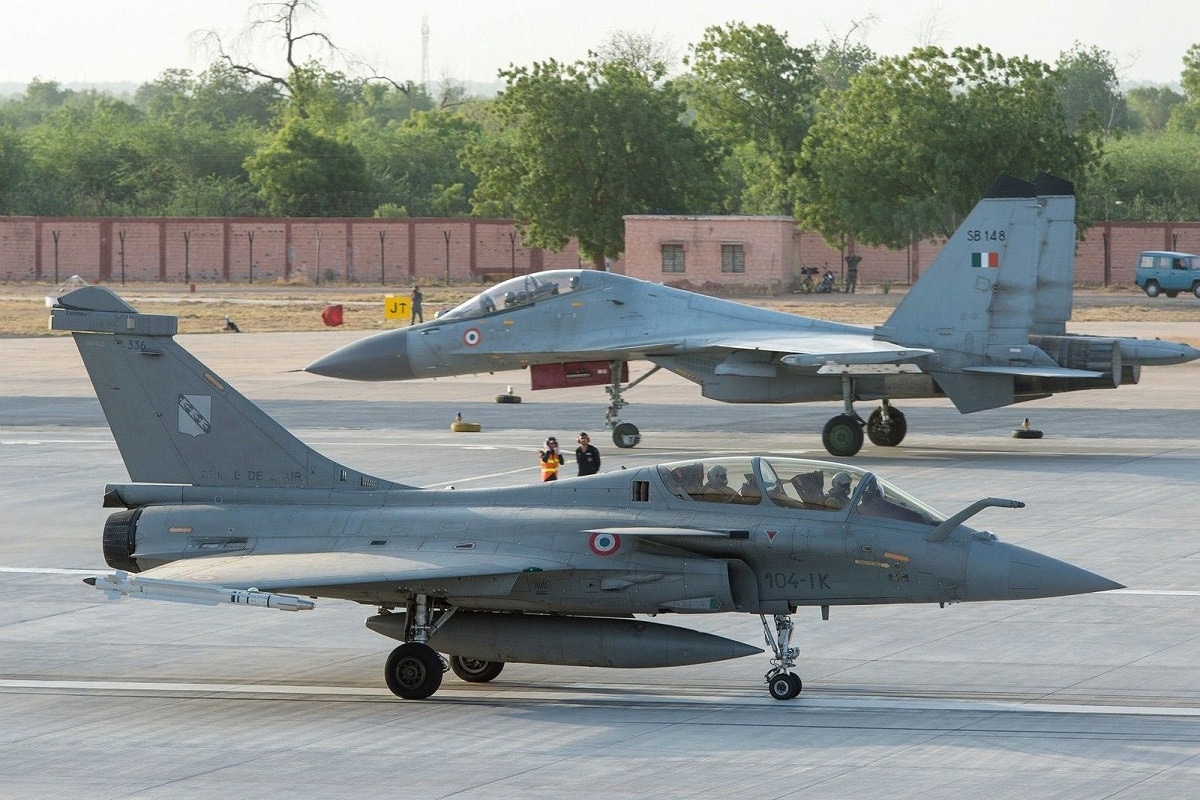
Not only that India to equipped Su-30MKI with new avionics, a completely new cockpit layout with new age touch control and voice control and Artificial Intelligence , EW suite, fly-by-wire system, and advanced self protection Jamming pod. And it will be integrated with India’s self-developed hypersonic weapons in order to make the Su-30MKI the strongest heavy fighter in Asia.
In the first 84 Su-30MKI will be upgraded to super Sukhoi but the program might take 4-5 years before the actual implementation of the upgrade kits.
